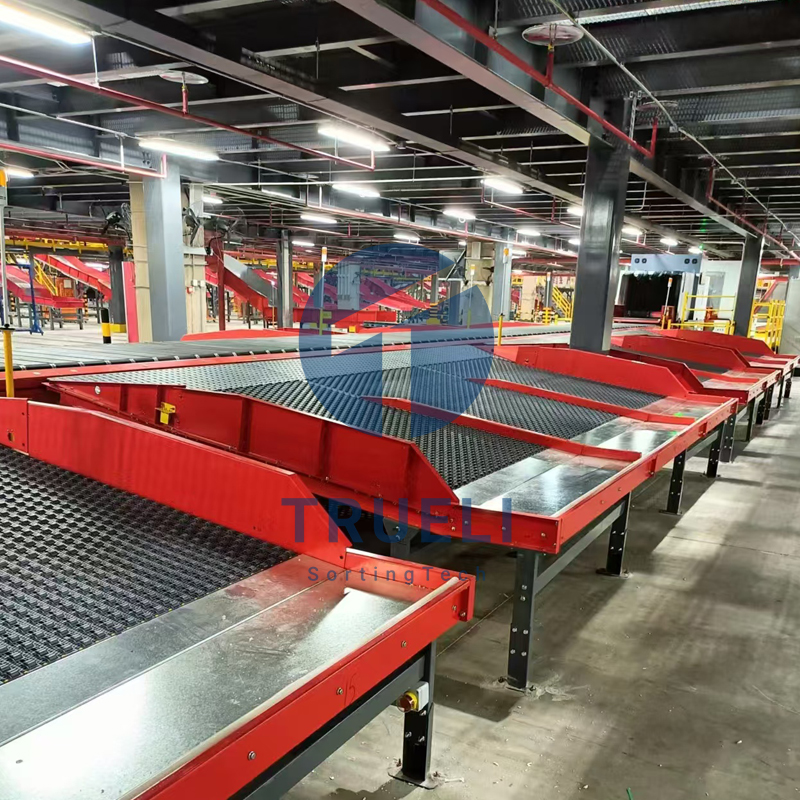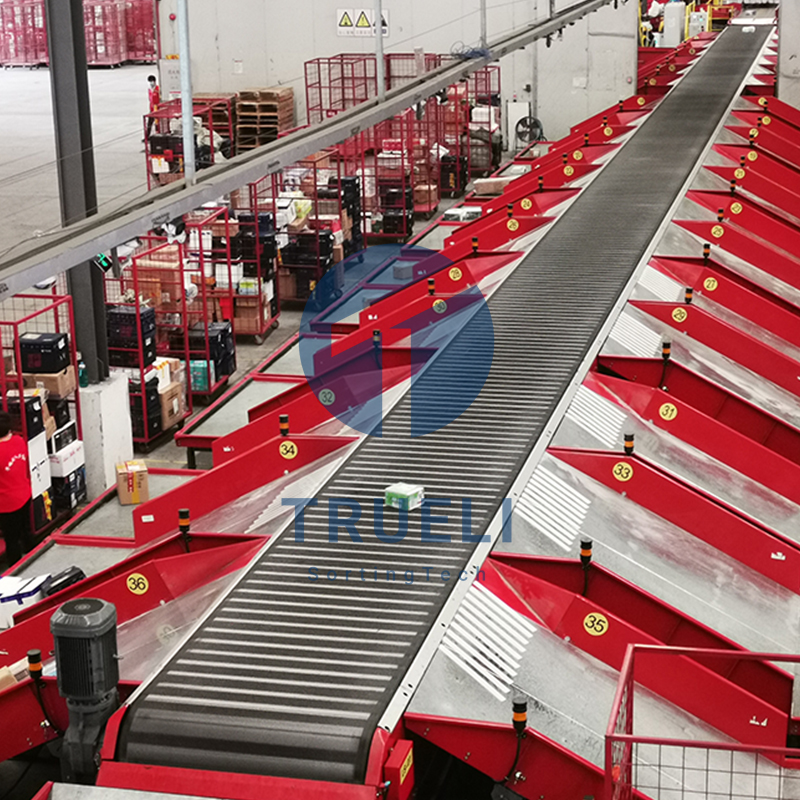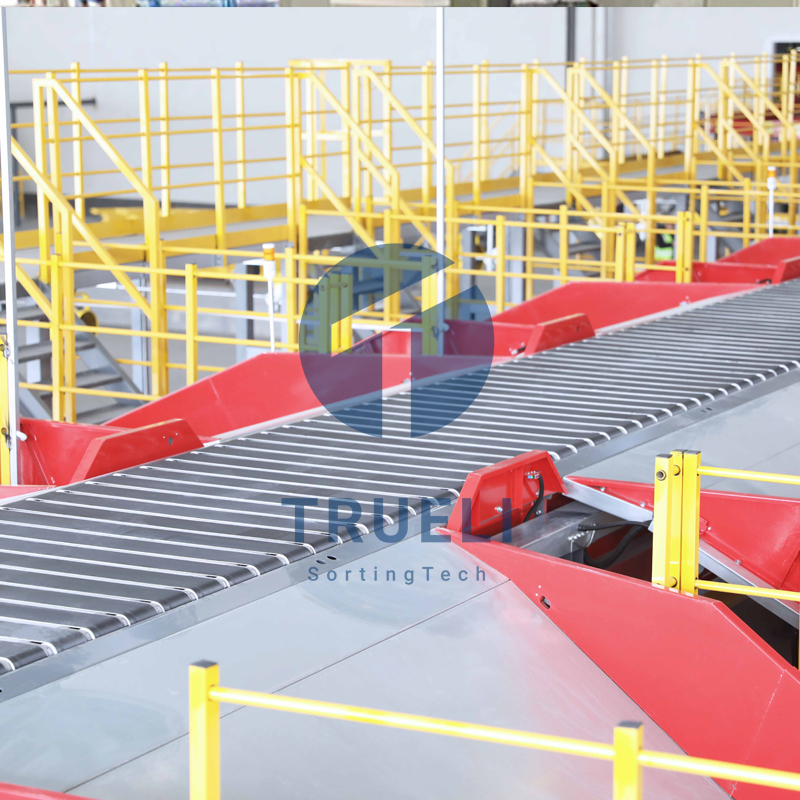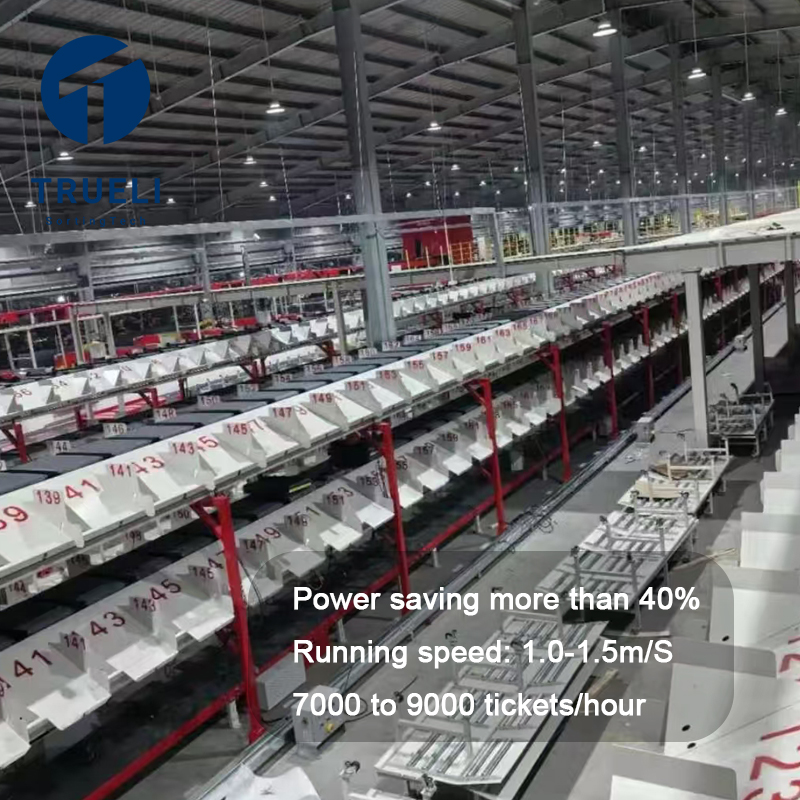In today’s fast-moving supply chain environment, automation is no longer optional—it is the backbone of operational competitiveness. As e-commerce volumes surge and labor availability fluctuates, logistics companies worldwide are turning to intelligent sorting systems to boost throughput, reduce errors, and accelerate last-mile delivery.
Modern sorting technologies—such as cross belt sorters, narrow belt sorters, DWS dimensioning systems, and automated wheel sorters—are reshaping facilities of all sizes. These systems combine mechanical efficiency with advanced software, enabling precise parcel handling, real-time tracking, and seamless integration with WMS and ERP platforms. The result is a smarter, data-driven operation capable of adapting to peak seasons and unpredictable demand.
One of the most significant advantages of automated sorting is scalability. Whether processing a few thousand parcels per hour or managing national-level distribution flows, modular design allows operators to expand capacity with minimal disruption. Energy-efficient motors, predictive maintenance features, and IoT-enabled monitoring also help reduce long-term operating costs, making automation not only faster but more sustainable.
Global logistics trends further emphasize the need for reliability and accuracy. Customers expect next-day or even same-day delivery, leaving little room for bottlenecks. Automated sorters improve accuracy rates to over 99%, eliminating costly manual mistakes and enhancing overall service quality. For emerging markets undergoing rapid digital transformation, automated sorting lines are becoming a key infrastructure component in building modern logistics networks.
Looking ahead, AI-driven analytics, robotic picking, and fully integrated end-to-end automation will continue to push the industry forward. Companies that invest early gain strategic advantages—greater capacity, lower labor dependency, and data-powered decision-making.
In an era where speed defines customer satisfaction, intelligent sorting solutions are not just an upgrade—they are the future of logistics.





